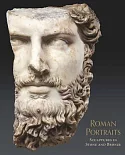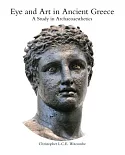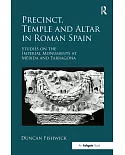Art and international relations during the Late Bronze Age formed a symbiosis as expanded travel and written communications fostered unprecedented cultural exchange across the Mediterranean.
Diplomacy in these new political and imperial relationships was often maintained through the exchange of lavish art objects and luxury goods. The items bestowed during this time shared a
repertoire of imagery that modern scholars call the first International Style in the history of art.
Marian Feldman's Diplomacy by Design examines the profound connection between art produced during this period and its social context, revealing inanimate objects as catalysts—or even
participants—in human dynamics. Feldman's fascinating study shows the ways in which the exchange of these works of art actively mediated and strengthened political relations, intercultural
interactions, and economic negotiations. Previous studies of this international style have focused almost exclusively on stylistic attribution at the expense of social contextualization.
Written by a specialist in ancient Near Eastern art and archaeology who has excavated and traveled extensively in this area of the world, Diplomacy by Design provides a much broader
consideration of the symbolic power of material culture and its centrality in the construction of human relations.





















